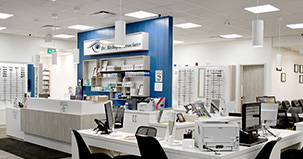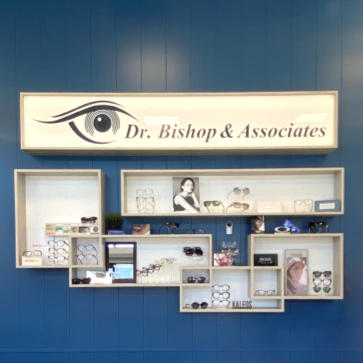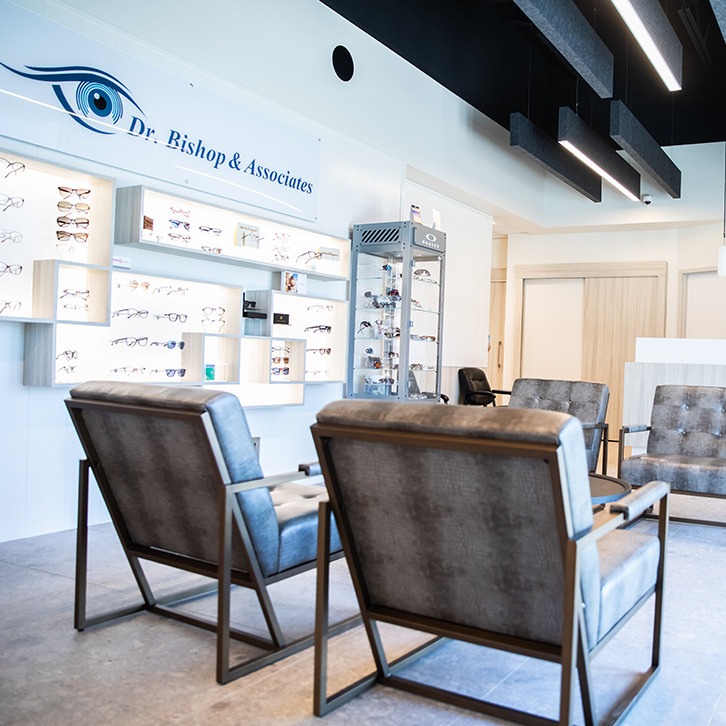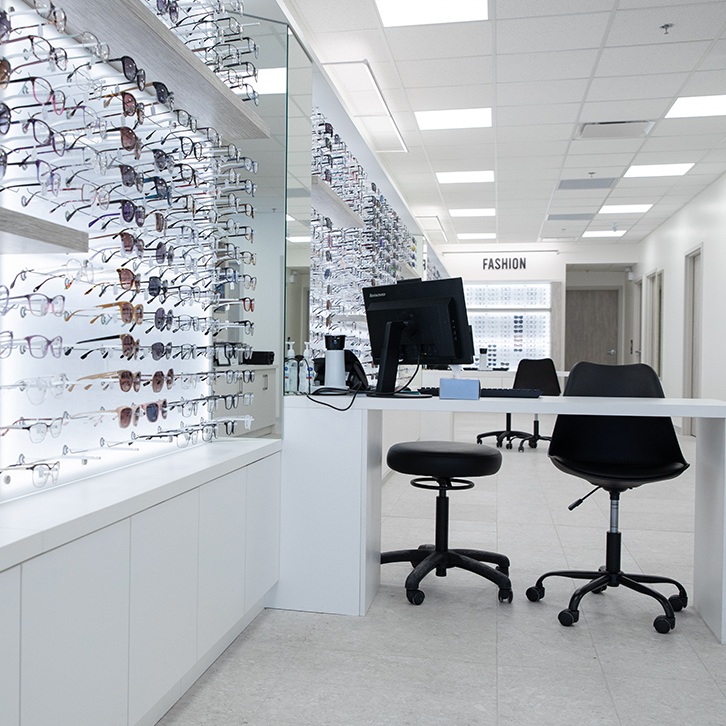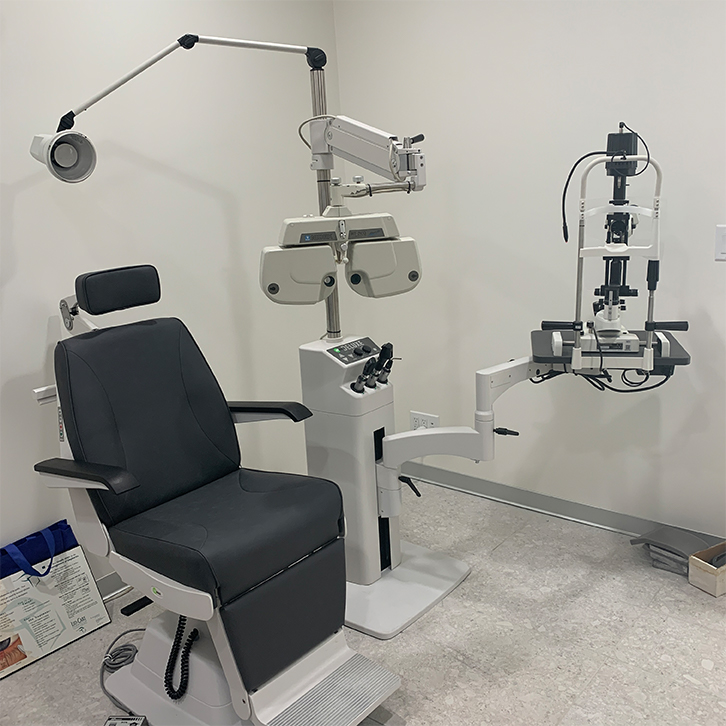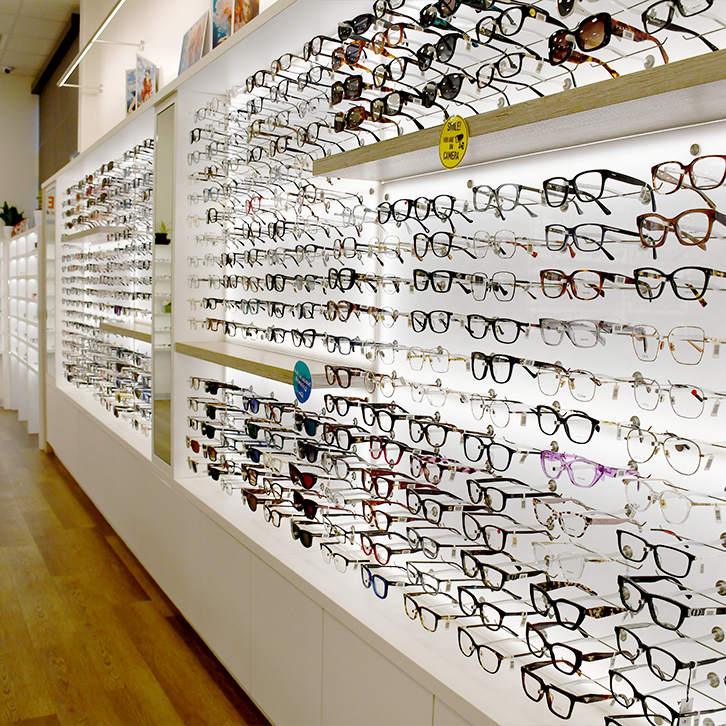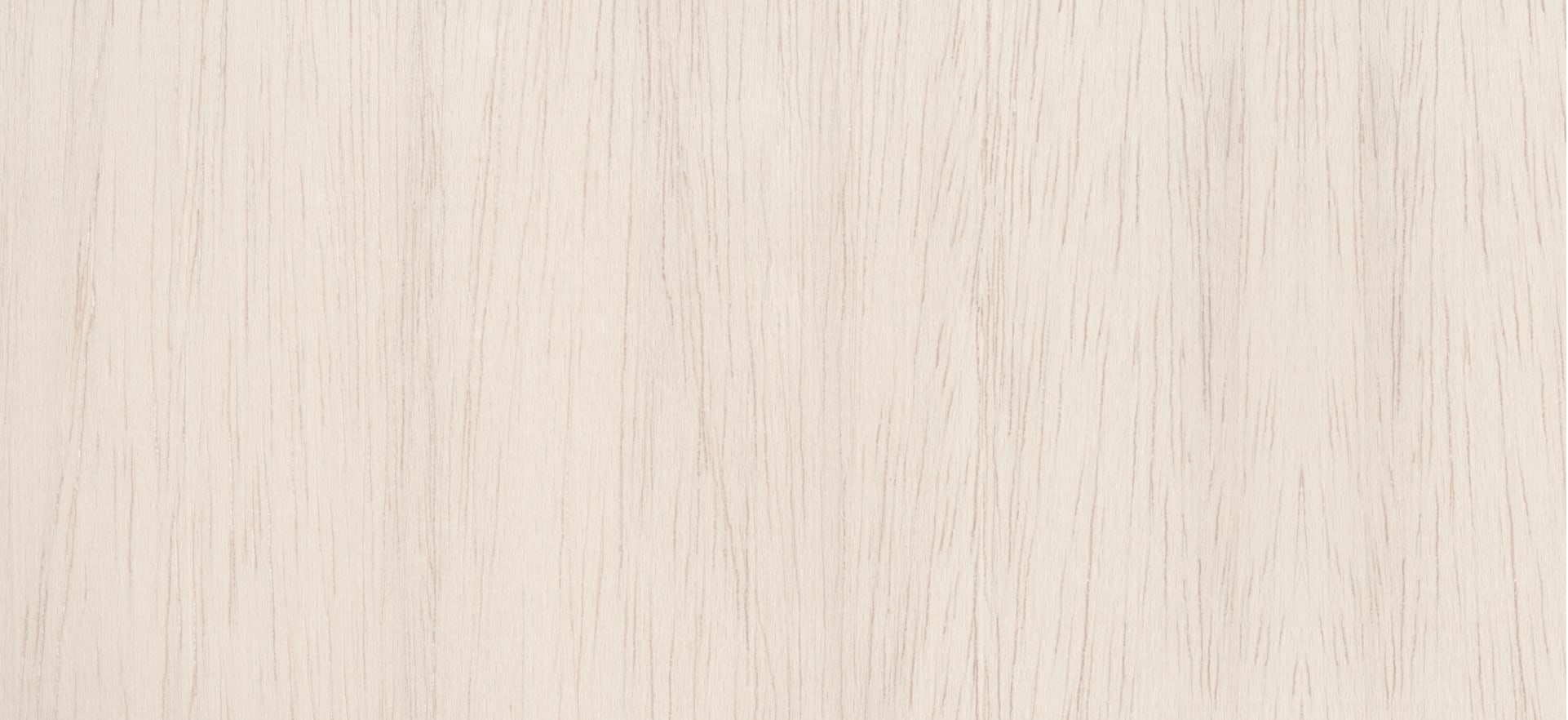When was the last time you thought about the health of your eyelids? If you’re like most people, probably not often—until discomfort strikes.
Meibomian gland dysfunction (MGD) is a common condition that can cause dry, irritated eyes. These tiny glands line your eyelids and play a significant role in keeping your eyes hydrated and comfortable. But what happens when your meibomian glands become clogged?
Warm compresses can help loosen blockages, while in-office treatments—like gland expression, intense pulsed light (IPL) therapy, or radiofrequency (RF) treatment—can be used for more persistent cases.
What Are Meibomian Glands & Why Are They Important?
The meibomian glands secrete oils that make up the top layer of your tear film. This oily layer prevents slow tear evaporation, keeping your eyes hydrated and comfortable. Healthy meibomian glands are vital for maintaining tear film stability and eye health.
When these glands become blocked, they don’t release enough oil, which can contribute to evaporative dry eye. Over time, this lack of healthy oil can lead to irritation and discomfort, affecting daily activities.
Signs & Symptoms of Blocked Meibomian Glands
How can you tell if your meibomian glands are blocked? Paying attention to your eye health is essential to identifying and addressing the issue early. Common symptoms of clogged meibomian glands include:
- Dry, gritty eyes
- Redness and swelling along your eyelids
- Irritation that doesn’t go away with blinking
- Blurry or fluctuating vision
- Feeling like there’s something stuck in your eye
Meibomian gland dysfunction is a leading contributor to dry eye, and leaving symptoms unaddressed may lead to ongoing discomfort. If you’re experiencing persistent irritation, an eye exam can help determine the cause and explore potential treatment options.
What Causes a Meibomian Gland to Become Blocked?
Various environmental and lifestyle factors can affect your meibomian glands. Blockages may develop when the oil they produce becomes thickened or trapped, potentially leading to dry eye symptoms.
Poor Lid Hygiene
Your eyelids naturally collect oil, bacteria, and dead skin cells throughout the day. These substances can build up along the lid margins without regular cleaning, potentially leading to gland blockages.

Screen Overload
Blinking plays a crucial role in expressing oil from your meibomian glands, spreading it across the surface of your eyes. When you spend long periods using screens, your blink rate naturally decreases. Fewer blinks mean less oil is released, which can lead to buildup and potential blockages over time.
Environmental Factors
Wind, dry climates, and air pollution can accelerate tear evaporation and contribute to irritation. These environmental stressors can also impact meibomian gland function over time.
Skin Conditions & Blepharitis
Conditions like rosacea and blepharitis can cause inflammation along the eyelid margins. This inflammation may disrupt the normal function of meibomian glands and contribute to blockages.
Diet Deficiencies
Your diet influences the oil produced by your meibomian glands. A lack of omega-3 fatty acids can alter the consistency of oil, making it thicker and more likely to clog the glands.
At-Home Techniques to Help Unclog Meibomian Glands
Sometimes, you can support your meibomian gland function with simple at-home techniques. These methods can help soften blockages, improve oil flow, and promote eye comfort.
Warm Compresses
Applying a warm compress to your eyelids can soften thickened oils inside the glands, making it easier to release.
Use a clean washcloth soaked in warm water and hold it against your closed eyelids for 5 to 10 minutes. Aim to do this twice a day.
Lid Hygiene
Keeping your eyelids clean helps remove oil buildup, bacteria, and debris contributing to blockages.
Use a lid scrub or diluted baby shampoo on a clean cotton pad to gently wipe along the base of your eyelashes.
Eyelid Massage
After using a warm compress, gently massage your eyelids with clean fingertips. Use an upward motion for your lower lids and a downward motion for your upper lids. This helps express your meibomian glands and encourages proper oil flow.
Dietary Changes
Increase your intake of omega-3 fatty acids by adding fatty fish, walnuts, chia seeds, or a high-quality omega-3 supplement to your diet. A varied diet can improve the quality of your gland secretions.
Blink Exercises
Since blinking helps release oil from your meibomian glands, practicing intentional blinking exercises can help—especially if you spend long hours on screens.
Try taking breaks to fully close and squeeze your eyes for a few seconds to help stimulate oil production.
Professional Treatment Options
If at-home techniques don’t provide sufficient relief, or if your symptoms worsen, you can seek professional treatment. Eye care professionals can offer targeted therapies to effectively address persistent meibomian gland dysfunction.
IPL Therapy
Initially developed for dermatological use, intense pulsed light therapy has become a powerful tool for treating clogged meibomian glands. It uses gentle, light-generated heat to reduce inflammation, melt blockages, and help restore normal oil flow.
RF Treatments
Radiofrequency therapy uses heat generated by radiofrequency waves to soften blockages and improve gland performance. This treatment can be especially beneficial for individuals with chronic symptoms or those who experience inflammation due to skin conditions like rosacea.
Meibomian Gland Expression
A trained eye care specialist can manually express the meibomian glands using specialized tools. This procedure helps clear blockages and supports the glands’ normal function, providing relief for those with more stubborn cases of meibomian gland dysfunction.
Preventing Future Clogs
Once you’ve addressed the immediate issue, maintaining good habits can help prevent future blockages. Here’s how to keep your meibomian glands healthy:
- Practice daily lid hygiene: Make gentle eyelid cleansing a part of your routine.
- Stay hydrated: Drink plenty of water to help keep your tear film balanced.
- Wear sunglasses: Protect your eyes from harsh wind and UV rays.
- Reduce screen time: Follow the 20-20-20 rule—every 20 minutes, look at something 20 feet away for 20 seconds.
- Schedule regular eye exams: Proactive care is key to detecting gland dysfunction early.
Take a Step Toward Clearer, Healthier Eyes
Healthy eyes contribute to a healthier, happier life. Don’t overlook the signs of clogged meibomian glands, especially if discomfort interferes with your daily routine. Whether exploring home remedies or seeking professional care, investing in your eye health will significantly improve.
If you’re ready to address meibomian gland dysfunction and experience lasting relief, take the next step. Book an appointment with Dr. Bishop & Associates today. Our dedicated professionals are here to help you achieve clearer, more comfortable vision.







